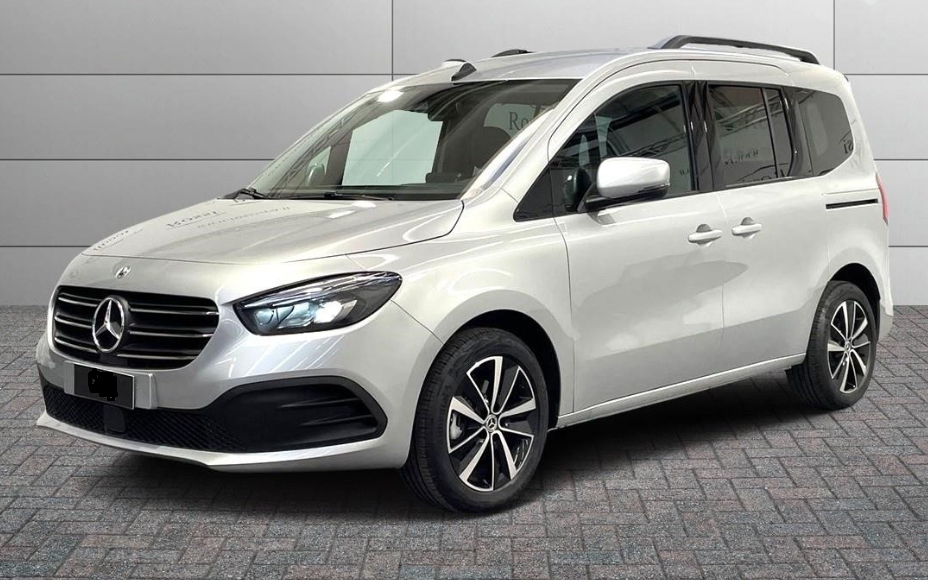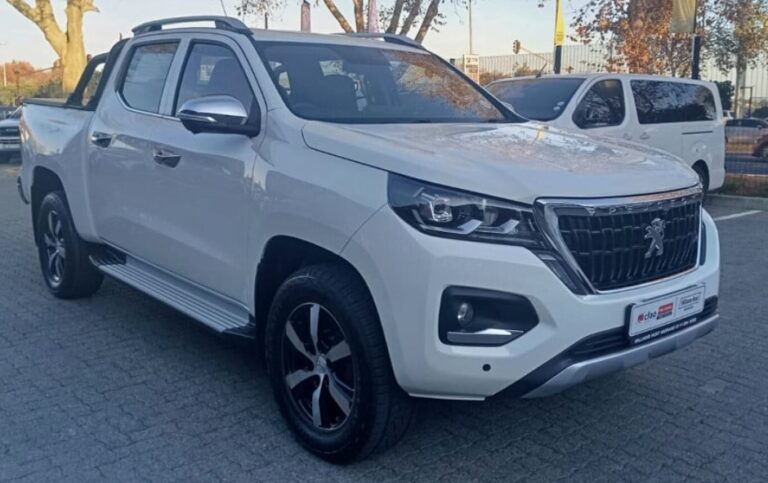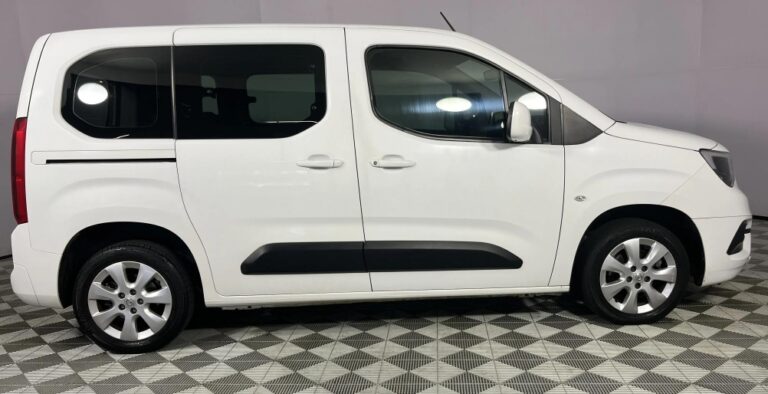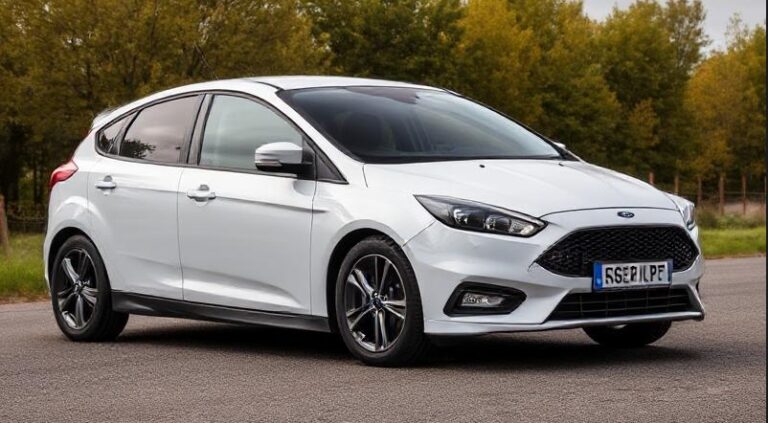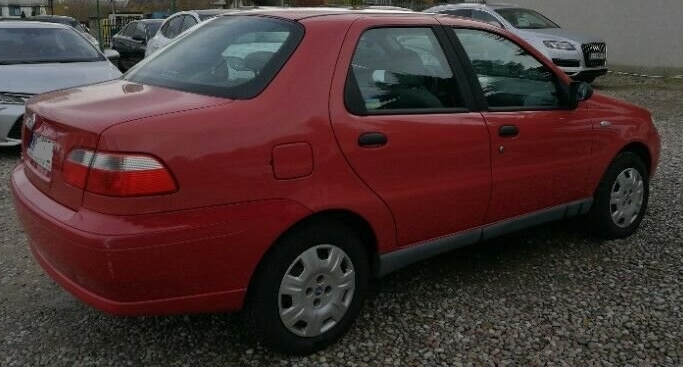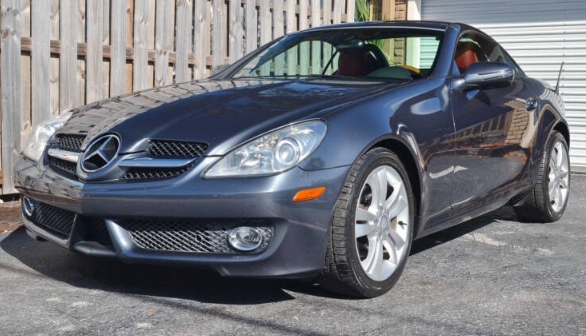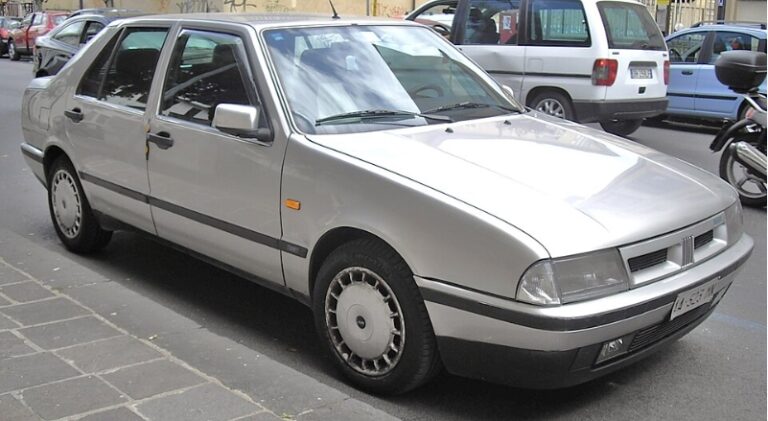The Star in a Compact Constellation: Evolution of the Mercedes-Benz T-Class
In a modern automotive landscape dominated by the seemingly unstoppable rise of the SUV, the humble van-based Multi-Purpose Vehicle (MPV) often resides in the shadows. Prized for their uncompromising practicality but frequently overlooked for their utilitarian aesthetics, these vehicles have traditionally served families and businesses with function firmly placed before form. Yet, Mercedes-Benz, a marque synonymous with luxury and engineering prowess, saw an opportunity—a niche for a vehicle that could merge the cavernous utility of a compact van with the comfort, technology, and prestige of the three-pointed star. The result is the T-Class, a vehicle whose evolution is not a long, multi-generational saga, but a fascinating and recent story of strategic partnership, market repositioning, and brand identity.
To truly understand the T-Class, one must first trace its lineage back to its more commercially-focused sibling, the Citan, and the strategic alliance that made it possible.
The Genesis: The Citan and the Alliance (2012-2021)
The story of the T-Class begins not in Stuttgart, but with a landmark partnership. In 2010, Daimler AG (now Mercedes-Benz Group) and the Renault-Nissan Alliance forged a collaboration to share development costs and platforms across various vehicle segments. One of the primary fruits of this union was the Mercedes-Benz Citan (model series W415), launched in 2012.
The first-generation Citan was, candidly, a product of badge engineering. Based directly on the successful Renault Kangoo, its primary mission was to give Mercedes-Benz Vans a competitive entry into the compact commercial van market, a segment it had long been absent from. While Mercedes engineers made adjustments to the suspension and electronics to instill a degree of brand-typical refinement, the vehicle’s Gallic origins were unmistakable.
Alongside the Citan Panel Van, Mercedes offered a passenger version called the Citan Tourer. This was the spiritual predecessor to the T-Class. It offered seating for five, large windows, and the inherent practicality of sliding rear doors. However, its DNA was overwhelmingly commercial. The interior materials were durable but basic, sound insulation was minimal, and the overall ambiance was that of a van built to withstand the rigors of a worksite, albeit with extra seats. While functional, it was a far cry from the premium experience customers expected from a passenger vehicle wearing the three-pointed star. The market saw it for what it was: a practical, capable van, but not a true Mercedes-Benz car. This realization laid the groundwork for a fundamental shift in strategy.
A Diverging Path: The Birth of the T-Class (2022-Present)
When the time came to develop the next-generation compact van, Mercedes-Benz took a profoundly different approach. The partnership with Renault would continue, with the new model sharing its platform with the third-generation Renault Kangoo. However, this time, Mercedes was involved from a much earlier stage, ensuring that its core brand values—safety, design, connectivity, and quality—would be deeply integrated into the vehicle’s architecture.
The most significant strategic decision was to split the model line into two distinct products:
The Citan (W420): Launched in 2021, the new Citan would continue to serve the commercial and functional, fleet-oriented markets. The Citan Tourer passenger version remained, aimed at customers needing robust, no-frills transport, such as taxi services or shuttle operators.
The T-Class (W420): Unveiled in April 2022, the T-Class was conceived as a separate entity—a premium small van for active families and leisure-oriented individuals. It was designed from the outset to feel less like a van and more like a compact Mercedes-Benz car, akin to the A-Class or B-Class. The “T” in its name, while not officially defined, is widely understood to stand for “Tourer,” directly linking it to its predecessor but elevating the concept to a new level of sophistication.
This “premium differentiation” became the T-Class’s entire reason for being. While it shares its bodyshell and hardpoints with the Citan, the touchpoints, technology, and tuning are worlds apart.
The T-Class in Detail: Models and Trims (2022 – Present)
The T-Class officially entered production in 2022, immediately establishing its own identity through a combination of design cues, interior appointments, and standard equipment.
Exterior and Interior Differentiation: Externally, the T-Class distinguishes itself with a brand-specific chrome-framed grille, sleeker headlight designs, and body-colored bumpers and mirror caps as standard. The true transformation, however, happens inside. The utilitarian plastic dashboard of the Citan is replaced with a more sculpted design featuring materials and components lifted directly from the Mercedes-Benz compact car family. Key upgrades include:
MBUX Infotainment: The standard 7-inch touchscreen runs the Mercedes-Benz User Experience (MBUX) system with its “Hey Mercedes” voice assistant, a feature that single-handedly elevates the T-Class above its mainstream competitors.
Premium Materials: The dashboard features a soft-touch upper section, and higher trim levels incorporate NEOTEX (a grained, artificial leather) and ARTICO man-made leather upholstery.
Signature Design Elements: The iconic turbine-style air vents, a multi-function steering wheel, and optional 64-colour ambient lighting create an ambiance unmistakably that of a modern Mercedes.
Enhanced Refinement: Significant effort was invested in improving Noise, Vibration, and Harshness (NVH) levels with thicker glass and more extensive sound-deadening material.
Powertrain Options: The T-Class launched with a range of efficient four-cylinder engines, shared with the Renault-Nissan-Mitsubishi Alliance but tuned to Mercedes’ specifications. All models are front-wheel drive.
T 160: A 1.3-litre turbocharged petrol engine producing 102 hp and 200 Nm of torque.
T 180: A more powerful version of the 1.3-litre petrol engine, delivering 131 hp and 240 Nm of torque.
T 160 d: A 1.5-litre turbocharged diesel engine, producing 95 hp and 260 Nm of torque.
T 180 d: The range-topping 1.5-litre diesel, offering 116 hp and 270 Nm of torque, with an “overpower” function that briefly boosts output to 121 hp for overtaking.
These engines are paired with either a standard six-speed manual gearbox or an optional seven-speed dual-clutch automatic transmission (7G-DCT), a choice unavailable on many rivals.
Trim Levels: The T-Class was structured to appeal directly to private buyers, with a focus on style and comfort.
Base Model: Even the entry-level T-Class comes well-equipped with MBUX, air conditioning, a multifunction steering wheel, and a comprehensive suite of safety features, including seven airbags and Active Brake Assist.
Style Line: This trim level focuses on aesthetic enhancements. Key features include:
16-inch, 5-spoke design alloy wheels.
Upholstery in black ARTICO man-made leather/MICROCUT microfibre.
High-gloss black trim elements on the doors and center console.
Chrome accents on the air vents and speakers.
Ambient lighting (single colour).
Practical additions like folding tables on the front seat backrests.
Progressive Line: This is the top-tier trim, emphasizing luxury and technology. It builds on the Style Line with:
Distinctive 16-inch, 10-spoke light-alloy wheels (17-inch optional).
Upholstery in high-quality black ARTICO with white contrast stitching.
Dashboard trim in a sophisticated silver matte finish.
Chrome trim on the tailgate.
Power windows in the sliding rear doors (a surprisingly premium feature in this segment).
The Evolution Continues: Long Wheelbase and the All-Electric EQT
The evolution of the T-Class did not stop at its launch. In 2023, Mercedes expanded the lineup to enhance its core appeal: space and versatility.
Long-Wheelbase Model: A new long-wheelbase version was introduced, increasing the vehicle’s length by 49 centimetres. This significant stretch allowed for the inclusion of an optional third row of seats, transforming the T-Class into a full seven-seater. This move positioned it as a direct competitor to larger MPVs, offering a more car-like driving experience with immense practicality.
The Marco Polo Module: Tapping into the booming “van life” trend, Mercedes also introduced the Marco Polo Module. This is not a fully converted camper van but a clever, removable unit that fits into the boot of the standard T-Class. It includes a fold-out bed and an optional kitchen unit with a sink and gas cooker, allowing owners to transform their daily driver into a micro-camper for weekend getaways.
The Electric Future: The EQT: The most significant evolutionary step for the T-Class platform is its electrification. Unveiled alongside its internal combustion engine sibling, the EQT represents the future of the model line. It swaps the petrol and diesel engines for an all-electric powertrain.
Powertrain: The EQT is equipped with a 45 kWh battery and an electric motor producing 90 kW (122 hp) and 245 Nm of torque.
Range and Charging: It offers a WLTP-certified range of approximately 282 kilometres (175 miles), making it ideal for urban families and short-to-medium distance leisure trips. It supports both AC and 80 kW DC fast charging.
EQ Design Language: The EQT is visually distinguished by the signature Mercedes-EQ black panel grille, unique front and rear bumpers, and aerodynamically optimized alloy wheels. The interior also features EQ-specific displays within the MBUX system.
The EQT is a crucial vehicle for Mercedes, bringing the premium electric experience to a new and highly practical segment, ensuring the T-Class concept remains relevant in an increasingly electrified world.
.

.
Conclusion: A Niche Carved and Claimed
The evolution of the Mercedes-Benz T-Class is a masterclass in market segmentation and brand elevation. It began as a re-badged commercial vehicle, the Citan Tourer, which served a purpose but lacked the soul of a true Mercedes-Benz. Learning from this, the company executed a deliberate and intelligent split. The Citan remained to serve its commercial duties, while the T-Class was born to cater to the heart, offering the practicality demanded by modern life without compromising on the style, technology, and safety expected from the star.
From 2022 onwards, the T-Class, along with its electric EQT counterpart and versatile long-wheelbase variant, has successfully carved out its own unique space. It is the answer to a question many modern families are asking: how to get maximum utility without sacrificing premium comfort and cutting-edge technology. It is a testament to the idea that a vehicle born from a van platform can, with thoughtful engineering and a clear vision, evolve into a desirable, multi-faceted, and genuinely premium automobile.
